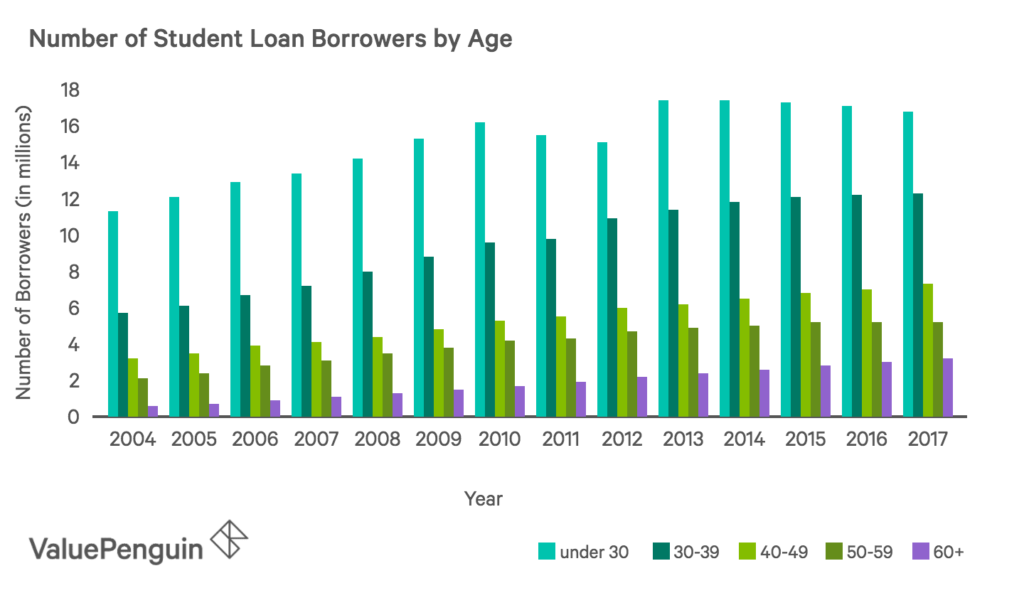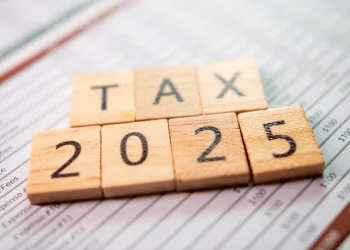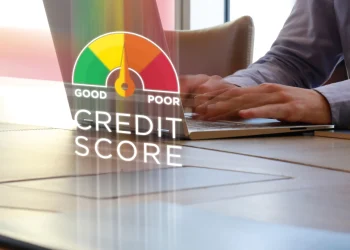Each year, millions of individuals undertake the path of higher education with aspirations of a bright future. What begins as an exciting new journey, often leads graduates down a far bleaker road of financial hardship as they face decades under the crushing weight to pay off student loans. Repaying loans that have grown to tens of thousands, often into six figures, might seem like an impossible task to many. So how did this student loan problem get out of control, and what underlying variables are making it so hard to pay off student loans
A Perfect Combination of Rising Costs and Interest
For many years, the cost of college tuition has risen at a rate far faster than general economic indices. According to the Bureau of Labor Statistics, the average advertised cost of a four-year degree increased by almost 230% between 1980 and 2018. The hikes in graduate and private programs were significantly greater. Government and institutional policies concurrently decreased grant choices in favor of loans as costs skyrocketed. Thus forcing students into more unmanageable debt.

Astronomical interest rates impose additional costs by keeping already meager monthly installments from making a dent in outstanding accounts. Federal loans are infamously fixed at 4-7%, however, predatory private loans can fluctuate up to 13%. Because minimums only cover the monthly accumulation of fees, balances increase rather than decrease. The issue is exacerbated by the annual capitalization of unpaid interest, and refinancing seldom provides a solution.
The numbers show how easily debt accumulates due to rising expenses and compound interest. The Federal Reserve reports that average debt burdens have risen 162% from over $16,000 in 1996 to over $30,000 now. Just 5% of graduates left school with debts over $40,000 ten years ago, but in 2021 about 20% of all graduates did.
Living Under the Debt Cloud
Graduating students face a bleak future of unrelenting debt that severely limits their financial options for years to come. However, there aren’t many ways to make a difference in post-college reality. Since 1990, inflation-adjusted salaries have increased by a pitiful 6%, leaving income dwarfed by debt levels.
In the meantime, rising living expenses eat up available money. According to Pew Research, the average annual pre-tax cost of needs like housing, transportation, healthcare, and groceries is estimated to be $37,000 nationwide, or more than 50% of the median household income. Borrowers of student loans make less than this amount. There is very little cash flow left over each month after expenses.
Income-Based Plans Fall Short
Income-driven repayment programs (IBR) can lower payments in the short term, but research indicates that they often have unintended consequences. Due to additional interest, extending already excessive balances over 20–25 years causes borrowers’ lifetime costs to increase significantly. Even worse, sums that result in “forgiveness” end up as tax liabilities, severely taxing already tight funds. Under IBR plans, overall expenditures can quadruple for an average debt load.
Individuals Trapped by the System

Marginalized populations experience particularly severe time to pay off student loans with situations that are indicative of structural injustices. On average, black college graduates report having over twice as much debt as white graduates—more than 40% owe over $30,000 compared to 26%. These differences result from historical disadvantages that have limited access to better-paying jobs and family financial support that may speed up payback.
Many first-generation students come from lower-class households and struggle because they lack family wealth or experience navigating complicated loan programs. Individuals who are self-sufficient encounter limited resources inside a bewildering system designed to maintain debt drift. The opportunities for upward mobility through education are outweighed by compounding expenditures.
The Obstacle to Reform
Democratic initiatives aim to address the situation, but the parliamentary deadlock and strong influence of the banking lobby prevent real relief from occurring. Opposition to targeted debt elimination is strong, and attempts to refinance at already extremely low rates are unsuccessful. The goal of government servicing transfers is to make poor customer service better, but they ignore the real problems of interest and exorbitant fees.
Most ideas don’t address the root causes of the difficulties with water supply; instead, they attempt to patch a failing dam. The only long-term option is to fundamentally right-size the expensive education framework through regulation and support. But there will be challenging battles ahead in trying to revolutionize a trillion-dollar sector that threatens numerous economic stakeholders.
Because of this, the problem of student debt and their ability to pay off student loans keeps getting worse. With every graduating class being forced to endure ever-greater financial hardships through no genuine fault of their own. Millions of people find that the entire payout is unattainable and that their ability to pursue their ambitions in life is endlessly postponed due to a system that guarantees debt dependency. Until a comprehensive systemic transformation is implemented, the crisis of growing inequality and unrealized potential will continue.













